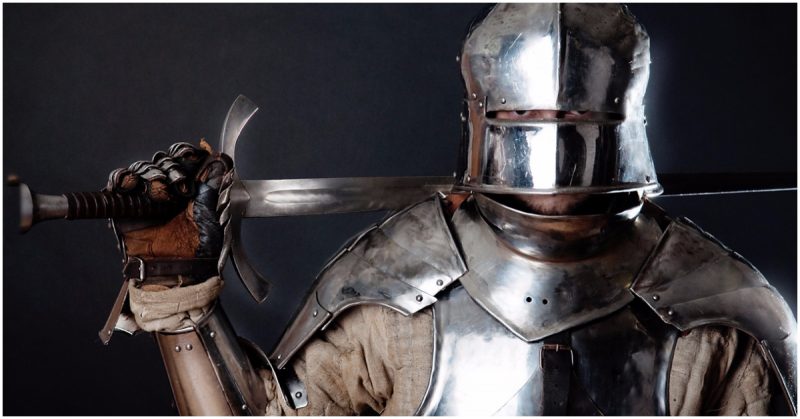Throughout the 13th century, there was conflict in the border region between England and Wales. This area, known as the Welsh March, contained both English and Welsh inhabitants and was ruled by the English Marcher Lords. It was an area of constant violence, from full blown warfare to Welsh raids and feuds between English nobles.
The Welsh excelled at guerrilla raids aimed at stealing English resources. Often hard to track down, these raiders were a thorn in the English side. The English lords tried many different ways to fend them off.
Counter-Raiding
The Marchers learnt from the Welsh, using the most obvious tactics available to them – counter-raiding. In 1220, Llywelyn ab Iorwerth complained that the Earl of Pembroke, a senior Marcher lord, had broken a truce in this way. This let the Marchers take revenge, satisfying their bruised egos and recovering lost wealth, but it did nothing to stop Welsh raids. If anything, it added to the problem, with English and Welsh caught in a cycle of petty attacks.
Revenge Invasions
The Earl of Pembroke also indulged in larger attacks. On Palm Sunday 1223 he landed in south Wales with an invasion force from Ireland, capturing Cardigan, Carmarthen and Kidwelly. This increased the Earl’s power, and reduced that of the local prince. But the Earl of Pembroke was no more able to control the raiders than the Prince of Gwynedd was, and the attacks continued.
Such invasions were always limited in their impact due to personal interests. When Pembroke went into Wales in 1223 the earl of Chester did little or nothing to help, because of the rivalry between them. At times, the Marchers were their own worst enemies.
Defensive Troops
The Marchers could not completely prevent Welsh raids using defensive troops. This would have required enough soldiers and support to permanently man the entire border, and they did not have the resources to do this.
The use of the right troops could at least deter the Welsh. The violent life of the region made Marcher troops among the most experienced in England, more than able to deal with the Welsh in combat. Various kinds of mobile, lightly armed troops were used instead of armored knights, giving them a better chance to catch fast moving raiders. Feudal tenants, who across England were obliged to take up arms for their overlords, had different requirements in the Marches, where they were told to bring bows and lances, like the Welsh fought with.
Light cavalry could gather quickly and pursue raiders as they retreated. Some groups of attackers were caught as they tried to return home laden down with spoils. This allowed revenge and the recapture of goods, but only after the damage had been done.
Castles
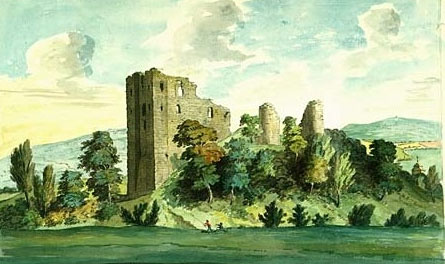
Another defensive measure was the use of castles. With a castle nearby the English could take shelter behind its walls, protecting themselves and any property they could move in time. Because of the dangers of the March, Marcher lords had the right to erect castles without a royal licence, unlike lords in other parts of the country, and they made the most of this. Large numbers of earth and timber castles were replaced over the course of the thirteenth century by a smaller number of strongly defended stone ones.
These castles followed contemporary developments in castle design, having a curtain wall with rounded flanking towers – self-contained strongholds which allowed the defenders to cover the outer face of the walls while remaining safely inside. Increasingly powerful gatehouses also improved their defensibility.
Much money was also spent on repairing and rebuilding existing castles, such as Caus, rebuilt by the Corbet family after its destruction by Llywelyn ab Iorwerth in 1223.
Castles provided safety, but not an obstacle to raiders. The limited range of bows prevented men in castles from threatening much of the area around them. Without going outside and facing the raiders, they could not protect crops and buildings. Even those inside were not safe from a determined Welsh attack, as shown by the successful Welsh siege of Cardigan in 1231.
Deforesting
Thick woodlands which could provide cover for raiders were sometimes chopped down by local lords. Welsh objections to this indicate that it was an effective strategy, though it had the downside of depriving the English of the resources the woods provided.
Terror Tactics
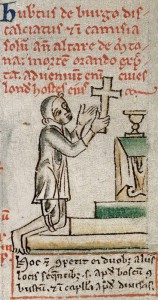
The Marchers were not above using terror tactics, killing and maiming Welsh captives as a deterrent to others. For example, in 1231, Hubert de Burgh had several captive Welsh raiders beheaded.
Decapitation was a part of traditional Welsh warfare, and de Burgh and others may have thought that it was an acceptable measure. But the English did not understand the contexts in which the Welsh considered beheading appropriate, and so these actions enraged rather than deterred the Welsh.
Negotiation
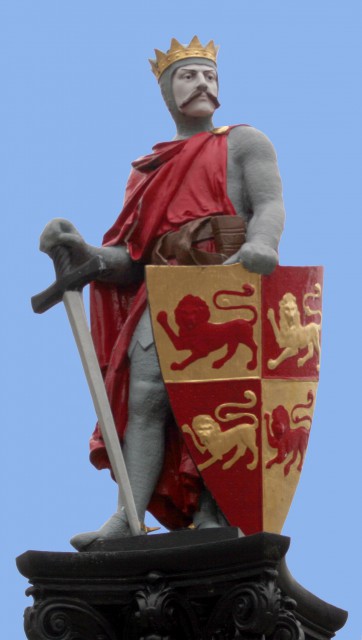
When violence did not work, the Marchers negotiated instead. In 1268, when Gilbert de Clare made peace with Llywelyn ap Gruffudd, settling conflicts about Glamorgan. In 1229 Ralph Mortimer regained disputed lands by marrying Gwladys Ddu, daughter of Llywelyn ab Iorwerth.
But in this, as in many of their efforts to combat the Welsh, the Marchers acted independently of each other, their lack of co-ordination undermining their efforts. Some areas were protected while others were left wide open, freeing up the Welsh raiders to focus on these.
The English would have liked nothing better than a peaceful settlement. This would allow them to focus on other conflicts, including wars with France and Scotland, as well as local feuds with each other. But without a single leader, the Welsh could not be won around with a single agreement.
Edward I and Peace Through Conquest
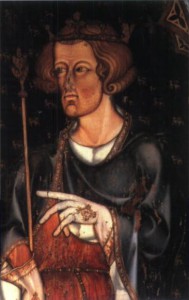
The Marcher Lords were not powerful enough to resolve the issue of Wales. Change finally came with King Edward I in the late 13th century. Using the vast resources of the royal treasury, he conquered Wales and built a string of castles from which to control it. There would still be revolts, but the era of constant raiding was over.
